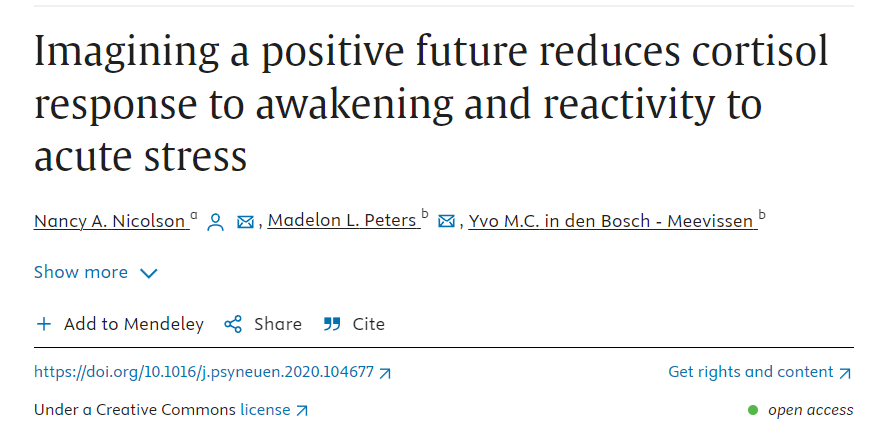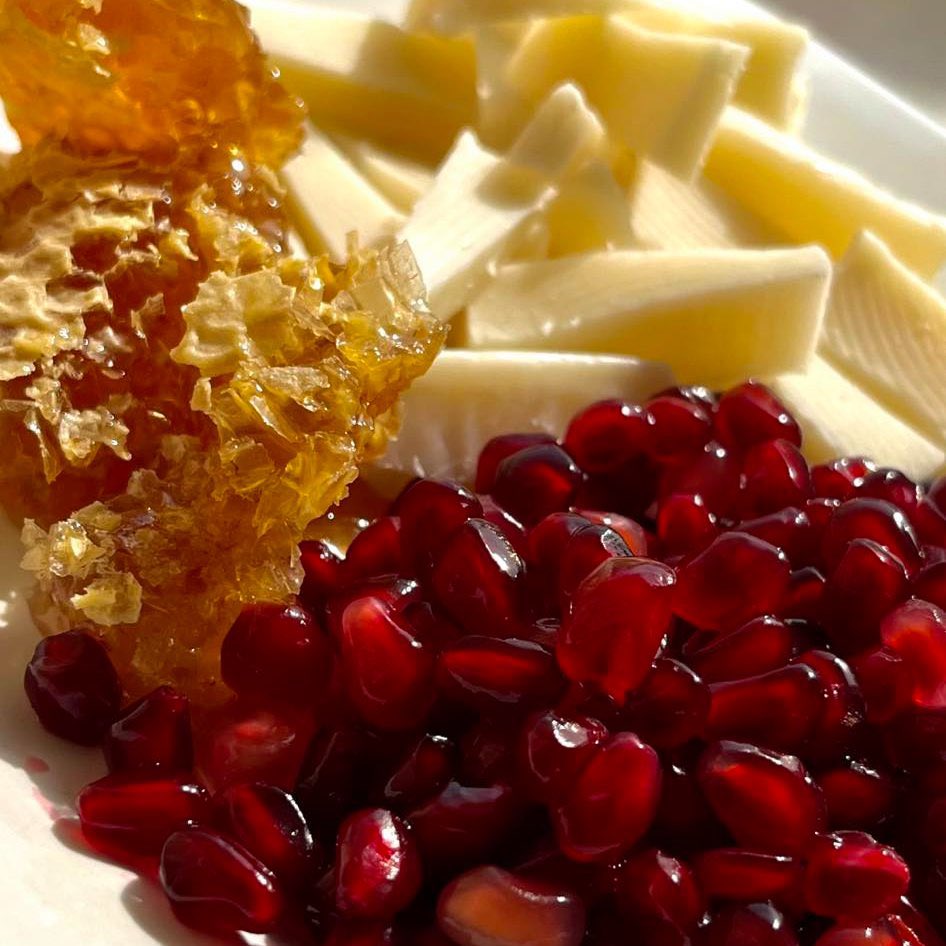Just because someone lacks a fair amount of money, it doesn't mean that he can't get healthier.
So here's the broke man's guide towards improving his health.
Thread🧵
So here's the broke man's guide towards improving his health.
Thread🧵

*Standard disclaimer that nothing in this thread should be used as a substitute for medical advice*
Alright, it's George. There are many free or cheap tools you can use in order to improve your health.
Here they are👇
Number 1: Realize that when it comes to food, you can cover A LOT of your nutritional needs with just:
-300 grams of quality shrimp/octopus or squid
-10 whole eggs
-200 grams of beef or lamb heart
-200 grams of raw cheese
-2 pounds of strawberries, oranges, kiwis, berries or something seasonal
-Brewer's yeast/marmite
-100 grams of beef liver
-Adding EVOO, potatoes, mushrooms and easy to digest vegetables in just one of your daily meals
-4 pounds of bone in red meat
per week
Are these the cheapest foods? No.
Are they cheaper than you might expect if they are sourced properly? Yes.
P.S: If you have the space realize that growing a garden turns out to be easier than we think.



Alright, it's George. There are many free or cheap tools you can use in order to improve your health.
Here they are👇
Number 1: Realize that when it comes to food, you can cover A LOT of your nutritional needs with just:
-300 grams of quality shrimp/octopus or squid
-10 whole eggs
-200 grams of beef or lamb heart
-200 grams of raw cheese
-2 pounds of strawberries, oranges, kiwis, berries or something seasonal
-Brewer's yeast/marmite
-100 grams of beef liver
-Adding EVOO, potatoes, mushrooms and easy to digest vegetables in just one of your daily meals
-4 pounds of bone in red meat
per week
Are these the cheapest foods? No.
Are they cheaper than you might expect if they are sourced properly? Yes.
P.S: If you have the space realize that growing a garden turns out to be easier than we think.




Number 2: Work on the lymphatic system through certain massages/exercises.
There are many tools you can use in order to work on the lymphatic system.
Some are free, some have a low cost and some are a bit expensive.
But free ones such as big 6, putting legs up on a wall and similar ones (just Google "lymphatic drainage exercises") can be quite powerful.
Now if you have no idea what the lymphatic system is, it's a subsystem of the circulatory system and the immune system.
It is responsible for filtering out waste products, absorbing fats from the intestines, releasing lymphocytes, gathering the excess fluid from the tissues and bringing it back into the bloodstream in order for us to maintain normal fluid levels.
So it's pretty important.
Just like when it comes to the other tools, i've done a full thread on the lymphatic system as well that you can find here:
x.com/Helios_Movemen…
But please do not underestimate the impact that the simple exercises mentioned above can have on your health.
There are many tools you can use in order to work on the lymphatic system.
Some are free, some have a low cost and some are a bit expensive.
But free ones such as big 6, putting legs up on a wall and similar ones (just Google "lymphatic drainage exercises") can be quite powerful.
Now if you have no idea what the lymphatic system is, it's a subsystem of the circulatory system and the immune system.
It is responsible for filtering out waste products, absorbing fats from the intestines, releasing lymphocytes, gathering the excess fluid from the tissues and bringing it back into the bloodstream in order for us to maintain normal fluid levels.
So it's pretty important.
Just like when it comes to the other tools, i've done a full thread on the lymphatic system as well that you can find here:
x.com/Helios_Movemen…
But please do not underestimate the impact that the simple exercises mentioned above can have on your health.

Number 3: Stretching.
Now if you've neglected stretching don't worry, you're not alone.
pubmed.ncbi.nlm.nih.gov/33338988/
As a typical bro i neglected this for a long time as well since mobility drills took care of my warm ups just fine.
But unfortunately since most of us sit for multiple hours a day, do bodybuilding exercises, experience stress and so on, we need to make stretching a priority even if it is for 5 minutes a day.
It's also a great way to unwire and calm the mind.
Not to even mention that poor posture can negatively affect our gut health and gut issues are pretty common these days.
If you're still skeptical, stretching can be superior to walking when it comes to lowering blood pressure.
Now if you've neglected stretching don't worry, you're not alone.
pubmed.ncbi.nlm.nih.gov/33338988/
As a typical bro i neglected this for a long time as well since mobility drills took care of my warm ups just fine.
But unfortunately since most of us sit for multiple hours a day, do bodybuilding exercises, experience stress and so on, we need to make stretching a priority even if it is for 5 minutes a day.
It's also a great way to unwire and calm the mind.
Not to even mention that poor posture can negatively affect our gut health and gut issues are pretty common these days.
If you're still skeptical, stretching can be superior to walking when it comes to lowering blood pressure.
Number 4: Spending time in the sun/outdoors.
Now since it's the winter and it's cloudy in a lot of places, even if the sun isn't out, you still need to spend time outside for multiple reasons and lux is one of them (you can have even a 100X difference between being indoors and outdoors).
We're evolved to spend our days under BRIGHT light and when we don't do so, our sleep, energy levels, mood and a lot more will suffer.
Now when it comes to sunlight this thread covers the basics, a lot of the common misconceptions and has some interesting studies.
x.com/Helios_Movemen…
If you want to take it a step further, you can expose yourself to natural light first thing in the morning and throughout the day without sunglasses, contacts or glasses if possible.
A basic principle that we can not ignore when it comes to health, is that a holistic spectrum of light hitting our eyes every day is necessary in order for us to keep being healthy and anything that messes with this (artificial blue light, wearing sunglasses, glasses, contacts etc) will result in sickness.
That's because each wavelength of light activates or deactivates different functions in our body through photoreceptors in the eyes and skin, along with the suprachiasmatic nucleus, SCN, the master clock. When you wear sunglasses for example, you are messing with the signal that tells your body that it should produce melanin in order to protect you from the UV rays of the sun.
So you are literally signaling to your body that it’s not sunny outside when it is and you prevent it from starting a series of protective reactions through the pituitary and pineal gland.
Also, if you have sunglasses on constantly, your eyes will miss some of the 1,400+ wavelengths that you NEED by default in order for your eyes to be healthy.
In general, by messing up with the light that goes through the retina, we can not properly stimulate the hypothalamus which is responsible for regulating every single one of our hormones.

Now since it's the winter and it's cloudy in a lot of places, even if the sun isn't out, you still need to spend time outside for multiple reasons and lux is one of them (you can have even a 100X difference between being indoors and outdoors).
We're evolved to spend our days under BRIGHT light and when we don't do so, our sleep, energy levels, mood and a lot more will suffer.
Now when it comes to sunlight this thread covers the basics, a lot of the common misconceptions and has some interesting studies.
x.com/Helios_Movemen…
If you want to take it a step further, you can expose yourself to natural light first thing in the morning and throughout the day without sunglasses, contacts or glasses if possible.
A basic principle that we can not ignore when it comes to health, is that a holistic spectrum of light hitting our eyes every day is necessary in order for us to keep being healthy and anything that messes with this (artificial blue light, wearing sunglasses, glasses, contacts etc) will result in sickness.
That's because each wavelength of light activates or deactivates different functions in our body through photoreceptors in the eyes and skin, along with the suprachiasmatic nucleus, SCN, the master clock. When you wear sunglasses for example, you are messing with the signal that tells your body that it should produce melanin in order to protect you from the UV rays of the sun.
So you are literally signaling to your body that it’s not sunny outside when it is and you prevent it from starting a series of protective reactions through the pituitary and pineal gland.
Also, if you have sunglasses on constantly, your eyes will miss some of the 1,400+ wavelengths that you NEED by default in order for your eyes to be healthy.
In general, by messing up with the light that goes through the retina, we can not properly stimulate the hypothalamus which is responsible for regulating every single one of our hormones.


Number 5: Exercise
Movement is medicine and having an active lifestyle (walking daily, lifting, playing sports etc) is of course a cornerstone for our health and crucial for our hormonal health, brain health, mood and a lot more.
Even plain walking it is also a great way to balance your blood sugar after meals.
Flat out sitting all day is unnatural and ruins our mood, cardiovascular health and digestion.
pubmed.ncbi.nlm.nih.gov/30409414/

Movement is medicine and having an active lifestyle (walking daily, lifting, playing sports etc) is of course a cornerstone for our health and crucial for our hormonal health, brain health, mood and a lot more.
Even plain walking it is also a great way to balance your blood sugar after meals.
Flat out sitting all day is unnatural and ruins our mood, cardiovascular health and digestion.
pubmed.ncbi.nlm.nih.gov/30409414/

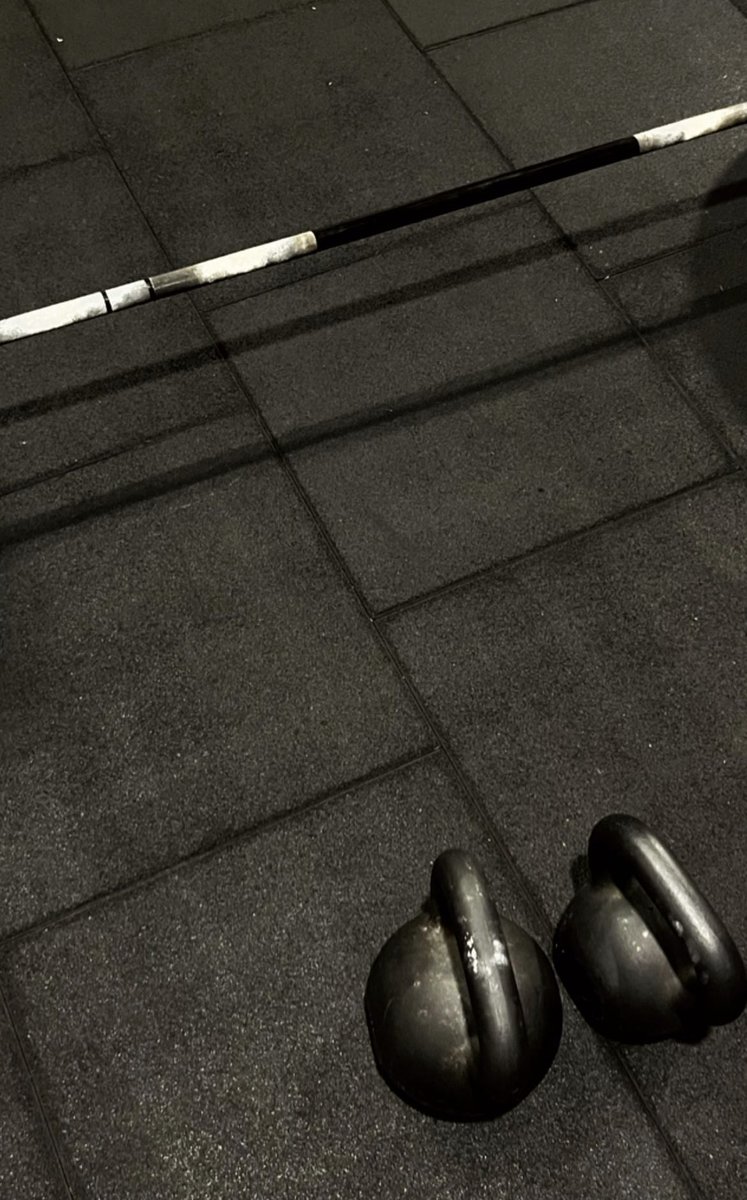
Number 6: Spending less time on social media/using them more conciously.
sciencedirect.com/science/articl…
First and foremost, you are probably aware by now that billions of dollars are spent on social media algorithms each year in order to make them as addictive as possible but in order to do that obviously, our own emotions need to be used against us and obviously, our emotional health has a great impact on our physical health.
They are designed to keep us on a sympathetic state for as long as possible but this has a greater negative impact which thankfully is realized as soon as someone decides to take a break.
In order to understand how but it has gotten, scientists actually study the effects of "doomscrolling".
This is not a joke. It has gotten THAT bad.
You can read this paper for starters if you are interested in the topic:
sciencedirect.com/science/articl…
First and foremost, you are probably aware by now that billions of dollars are spent on social media algorithms each year in order to make them as addictive as possible but in order to do that obviously, our own emotions need to be used against us and obviously, our emotional health has a great impact on our physical health.
They are designed to keep us on a sympathetic state for as long as possible but this has a greater negative impact which thankfully is realized as soon as someone decides to take a break.
In order to understand how but it has gotten, scientists actually study the effects of "doomscrolling".
This is not a joke. It has gotten THAT bad.
You can read this paper for starters if you are interested in the topic:
Number 7: Grounding.
You can have the perfect nutrition, the perfect workout plan, get the most cutting-edge supplements and substances that are supposed to do miracles, but if you do not ground, you will never reach true peak levels of health.
We carry a constant flow of electrical charge which we need to discharge and if we never do this and thus never restore and maintain the body’s natural electrical state, disease will inevitably happen.
Our bodies need lots of stuff in order to be healthy and one of them is grounding. In modern societies, we are bombarded with sources of oxidative stress but the good news are that the surface of the earth, possesses a limitless and continuously renewed supply of free or mobile electrons as a consequence of a global atmospheric electric circuit.
When you’re grounding, you’re transferring these electrons (negatively charged subatomic particles) from the earth to your body which can produce a reduction reaction and thus reduce oxidative stress (free radicals have unpaired electrons)).
A direct earth connection enables both diurnal electrical rhythms-free electrons to flow from the earth to the body and neutralize the positively charged free radicals.
Every cell in our bodies is affected by electromagnetic fields and just as your cells can’t be healthy under and unhealthy environment, they can’t be healthy under unhealthy electromagnetic fields.
pubmed.ncbi.nlm.nih.gov/25848315/
pubmed.ncbi.nlm.nih.gov/31831261/
pubmed.ncbi.nlm.nih.gov/28987038/
pubmed.ncbi.nlm.nih.gov/36481428/
pubmed.ncbi.nlm.nih.gov/22291721/
Grounding is free and consistently practicing it will skyrocket all aspects of your health and well-being.
If you don't ground daily, you haven't covered the absolute foundation of what you need to do to be healthy by default in our nnEMF filled world and you can change that by even 30 minutes a day.
You can have the perfect nutrition, the perfect workout plan, get the most cutting-edge supplements and substances that are supposed to do miracles, but if you do not ground, you will never reach true peak levels of health.
We carry a constant flow of electrical charge which we need to discharge and if we never do this and thus never restore and maintain the body’s natural electrical state, disease will inevitably happen.
Our bodies need lots of stuff in order to be healthy and one of them is grounding. In modern societies, we are bombarded with sources of oxidative stress but the good news are that the surface of the earth, possesses a limitless and continuously renewed supply of free or mobile electrons as a consequence of a global atmospheric electric circuit.
When you’re grounding, you’re transferring these electrons (negatively charged subatomic particles) from the earth to your body which can produce a reduction reaction and thus reduce oxidative stress (free radicals have unpaired electrons)).
A direct earth connection enables both diurnal electrical rhythms-free electrons to flow from the earth to the body and neutralize the positively charged free radicals.
Every cell in our bodies is affected by electromagnetic fields and just as your cells can’t be healthy under and unhealthy environment, they can’t be healthy under unhealthy electromagnetic fields.
pubmed.ncbi.nlm.nih.gov/25848315/
pubmed.ncbi.nlm.nih.gov/31831261/
pubmed.ncbi.nlm.nih.gov/28987038/
pubmed.ncbi.nlm.nih.gov/36481428/
pubmed.ncbi.nlm.nih.gov/22291721/
Grounding is free and consistently practicing it will skyrocket all aspects of your health and well-being.
If you don't ground daily, you haven't covered the absolute foundation of what you need to do to be healthy by default in our nnEMF filled world and you can change that by even 30 minutes a day.
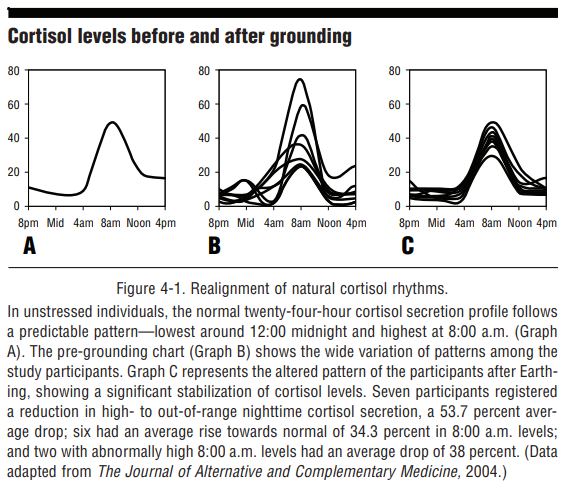
Number 8: Some type of gratitude practice.
Believe it or not, this was built in in everyone's life for a long time.
Every culture had various traditions and practices based on this because let's face it, negative stuff happens all the time.
The same thing is true today and if we are only exposed to problems, sooner or later it will have a negative impact on the way we think so we need to balance this out.
Any type of gratitude practice will put you in a very healing emotional state.
pmc.ncbi.nlm.nih.gov/articles/PMC10…
Believe it or not, this was built in in everyone's life for a long time.
Every culture had various traditions and practices based on this because let's face it, negative stuff happens all the time.
The same thing is true today and if we are only exposed to problems, sooner or later it will have a negative impact on the way we think so we need to balance this out.
Any type of gratitude practice will put you in a very healing emotional state.
pmc.ncbi.nlm.nih.gov/articles/PMC10…

Number 9: Fasting.
Now, this might annoy some people, which is fine, but i don’t think that fasting is a tool for beginners.
I think that most people should start by consuming more micronutrients and providing the right building blocks before considering fasting.
That being said, fasting can obviously be a good tool for both physical and spiritual reasons that has been praised for thousands of years.
It can also have many other benefits such as recognizing the hyper-consumer culture that’s around food.
Note: If you are going to fast, slam down electrolytes (the salts, not the ones filled with things such as artificial sweeteners) and have a snack with you just in case your blood sugar drops too much (if you feel dizzy even after consuming electrolytes, just stop and break the fast))).
Now, this might annoy some people, which is fine, but i don’t think that fasting is a tool for beginners.
I think that most people should start by consuming more micronutrients and providing the right building blocks before considering fasting.
That being said, fasting can obviously be a good tool for both physical and spiritual reasons that has been praised for thousands of years.
It can also have many other benefits such as recognizing the hyper-consumer culture that’s around food.
Note: If you are going to fast, slam down electrolytes (the salts, not the ones filled with things such as artificial sweeteners) and have a snack with you just in case your blood sugar drops too much (if you feel dizzy even after consuming electrolytes, just stop and break the fast))).
Number 10: Breathing techniques.
Our breath affects our entire body breath is such as powerful tool.
Some of my favorite breathing techniques are:
1. Breathe very slowly and aim to get one breath every 10 seconds (try a 4 second inhale and a 6 second exhale (since the exhale triggers the relaxation response).
You can also try breathing for 4 seconds, holding your breath for 1 and exhaling for 5 seconds.
If you do 5-6 rounds of these, you will find yourself more relaxed.
2. Wim Hof breathing
3. Buteyko (yes, there is a typo in the pic)
Our breath affects our entire body breath is such as powerful tool.
Some of my favorite breathing techniques are:
1. Breathe very slowly and aim to get one breath every 10 seconds (try a 4 second inhale and a 6 second exhale (since the exhale triggers the relaxation response).
You can also try breathing for 4 seconds, holding your breath for 1 and exhaling for 5 seconds.
If you do 5-6 rounds of these, you will find yourself more relaxed.
2. Wim Hof breathing
3. Buteyko (yes, there is a typo in the pic)
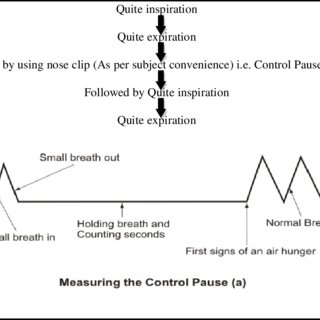
Number 11: Sweating.
You might think that sweating is just a bonus great tool for us to deal with the toxic loads that we're exposed to daily but think again.
Sweating for example can even improve our gut health and this isn't a joke.
You might think that sweating is just a bonus great tool for us to deal with the toxic loads that we're exposed to daily but think again.
Sweating for example can even improve our gut health and this isn't a joke.

Number 12: Mitigating the artificial blue light in devices such as your PC or laptop with free programs like f.lux.
Artificial blue light that's emitted from these devices, can even exacerbate your acne in case you're struggling with it and contribute to skin ageing.
In summary:
Artificial blue light is a range of the visible light spectrum with a wavelength between 400 and 495 nm.
A few things that exposure to artificial blue light can cause include:
-Raise corticotropin-like intermediate peptide (ACTH(18-39)) which functions as an insulin secretagogue in the pancreas
-Raise cortisol
-GnRH deficiency (GnRH signals to the pituitary gland to make and secrete things such as LH and FSH which are crucial for testosterone and progesterone)
-Melanin degradation
-Neuropathy (damaged nerves)
-Insomnia
-Fatigue
-Suppress BDNF (brain-derived neurotropic factors is obviously a neurotropic factor found in the brain (but also expressed in the retina and even the kidneys) which supports the health of neurons and synapses).
-Increase leptin (leptin is a hormone made mainly by adipose cells which acts on receptors in the hypothalamus in order to control our hunger signals among other things)
-Depression
-Headaches
-Gut issues (mainly by messing vasoactive intestinal polypeptide (VIP) which stimulates pancreatic bicarbonate secretion, bile salts and similar things)
-Migraines
-Anxiety
-Dark circles
-Adrenal fatigue (a very underrated cause behind the adrenal fatigue epidemic that’s been noticed)
-Dehydration (it messes vasopressin (essential for fluid and electrolyte balance)
-Dysregulated circadian rhythm (you are literally signaling to your body non stop that you’re in the middle of the desert)
-Skin aging
-Suppress melatonin
and a lot more.
Artificial blue light that's emitted from these devices, can even exacerbate your acne in case you're struggling with it and contribute to skin ageing.
In summary:
Artificial blue light is a range of the visible light spectrum with a wavelength between 400 and 495 nm.
A few things that exposure to artificial blue light can cause include:
-Raise corticotropin-like intermediate peptide (ACTH(18-39)) which functions as an insulin secretagogue in the pancreas
-Raise cortisol
-GnRH deficiency (GnRH signals to the pituitary gland to make and secrete things such as LH and FSH which are crucial for testosterone and progesterone)
-Melanin degradation
-Neuropathy (damaged nerves)
-Insomnia
-Fatigue
-Suppress BDNF (brain-derived neurotropic factors is obviously a neurotropic factor found in the brain (but also expressed in the retina and even the kidneys) which supports the health of neurons and synapses).
-Increase leptin (leptin is a hormone made mainly by adipose cells which acts on receptors in the hypothalamus in order to control our hunger signals among other things)
-Depression
-Headaches
-Gut issues (mainly by messing vasoactive intestinal polypeptide (VIP) which stimulates pancreatic bicarbonate secretion, bile salts and similar things)
-Migraines
-Anxiety
-Dark circles
-Adrenal fatigue (a very underrated cause behind the adrenal fatigue epidemic that’s been noticed)
-Dehydration (it messes vasopressin (essential for fluid and electrolyte balance)
-Dysregulated circadian rhythm (you are literally signaling to your body non stop that you’re in the middle of the desert)
-Skin aging
-Suppress melatonin
and a lot more.
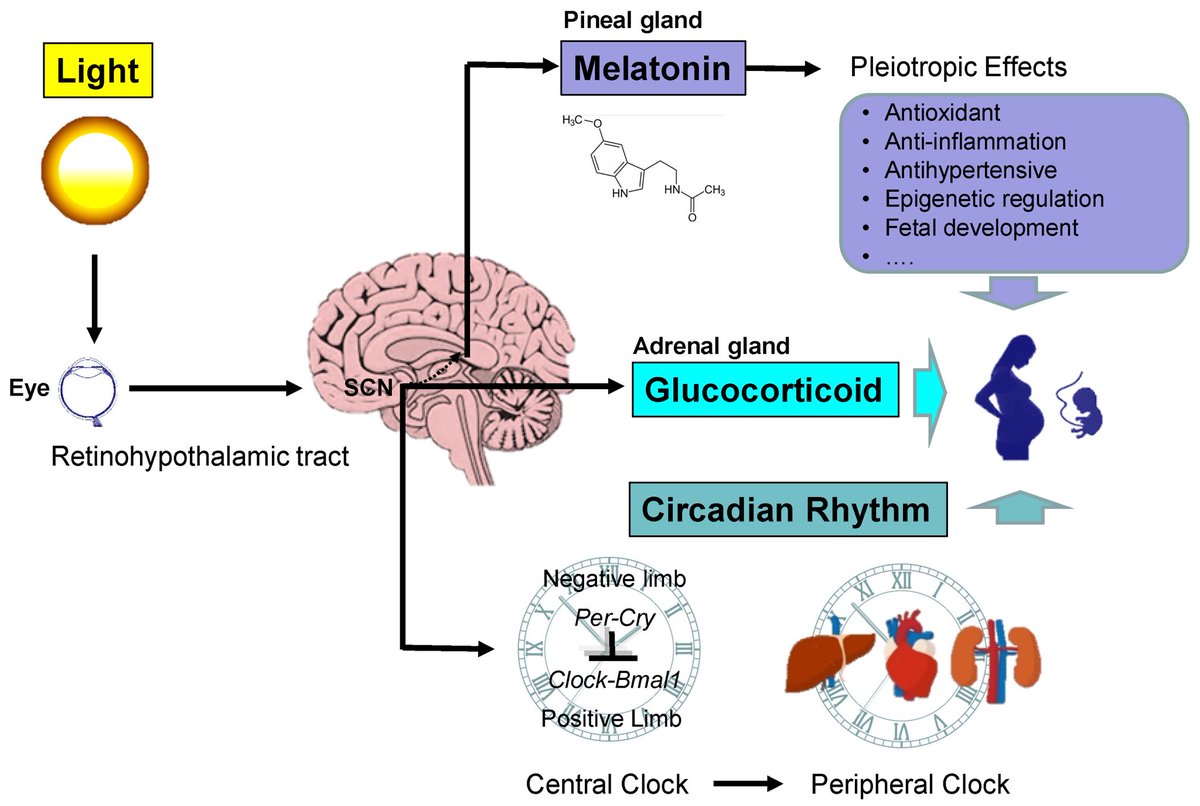
Number 14: Sleeping in a dark room.
For millions of years, we lived under the influence of sources of light with a lux of 0.0001-3.4 at night.
But now?
You can live even under 500! This is 50.000 times MORE in some cases.
And poor sleep is not something to take lightly.mdpi.com/1422-0067/22/2…
For millions of years, we lived under the influence of sources of light with a lux of 0.0001-3.4 at night.
But now?
You can live even under 500! This is 50.000 times MORE in some cases.
And poor sleep is not something to take lightly.mdpi.com/1422-0067/22/2…
Other things to consider include:
-Water filters
-NOT using toxic hygiene products (saves you money0
-Hot springs
-Some cold exposure
-Binaural beats
-Using supplements such as taurine, glycine, magnesium glycinate, trace mineral and creatine before going fancy with >$80 supplements
-Water filters
-NOT using toxic hygiene products (saves you money0
-Hot springs
-Some cold exposure
-Binaural beats
-Using supplements such as taurine, glycine, magnesium glycinate, trace mineral and creatine before going fancy with >$80 supplements
That was it.
I hope that you enjoyed these simple and straight to the point suggestions or at least got some food for thought.
If you did, make sure to leave a like/RT.
I hope that you enjoyed these simple and straight to the point suggestions or at least got some food for thought.
If you did, make sure to leave a like/RT.
https://x.com/Helios_Movement/status/1877321101736378723
For more (not that cheap):
fitandball.gumroad.com/l/thesystem23
fitandball.gumroad.com/l/thesystem23
• • •
Missing some Tweet in this thread? You can try to
force a refresh

